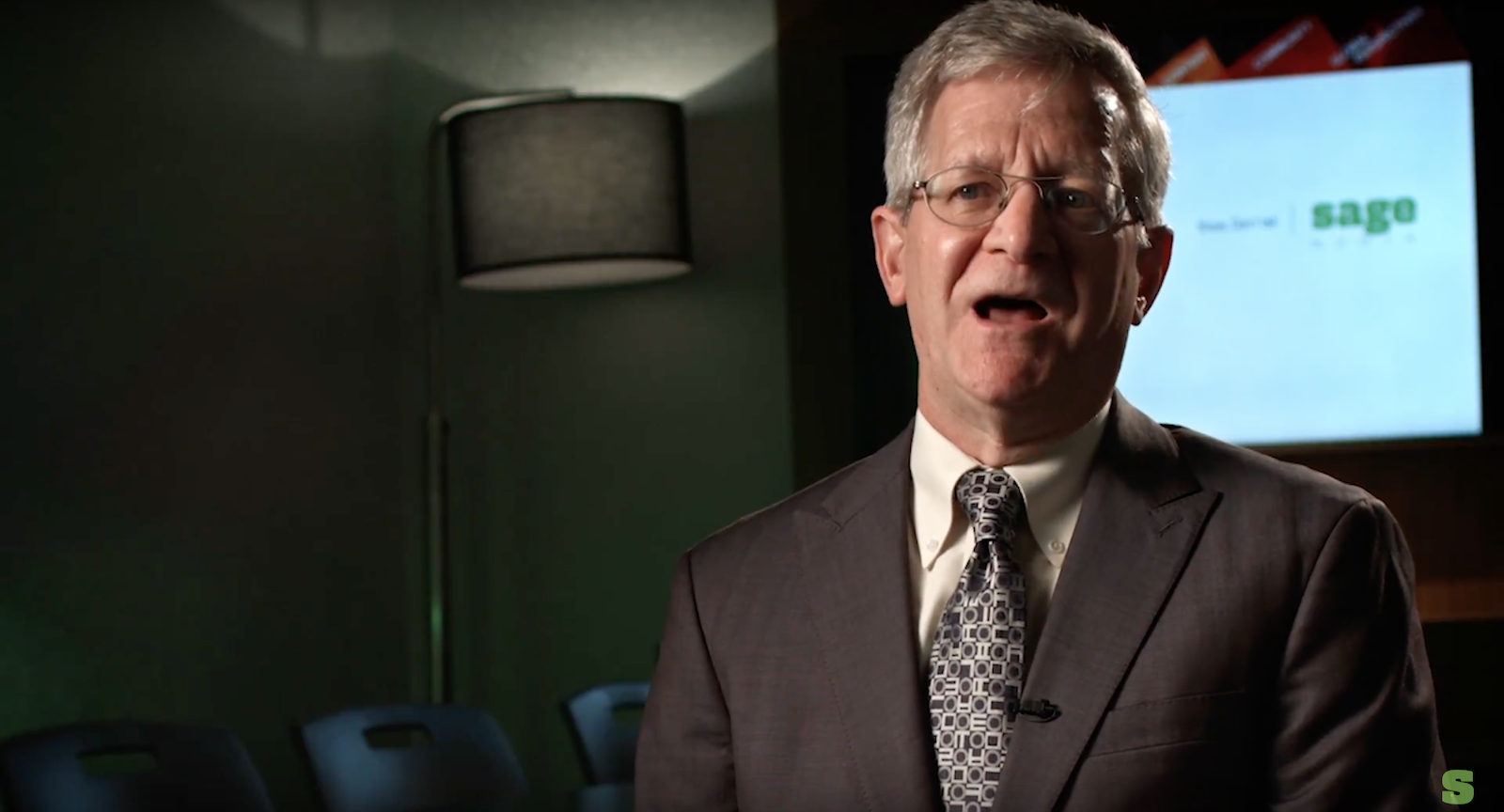Often, trainers take the approach that training should simply be executed to solve particular business challenges. What ultimately happens is that this “Band-Aid” approach falls short from the lifelong development of the employee. The truth is that learning never stops: it is a continuous process of improvement and challenge, and it helps to strategize learning over the course of employment – rather than thinking in short-term solutions.
Michael Leimbach, PhD, who is the VP of Global Research and Development at Wilson Learning, Learning is a journey discusses how the good intentions of trainers conflict with the limits and logistics of scheduling learning around an event. In this video, he offers some great advice.
At what stage is your employee or team of employees meeting a particular learning event, and where does this learning is a journey opportunity fit on the continuum over the course of an employee’s time with your company? Once they have the information you need them to acquire, what are the next steps? What immediate application is available for learners to help solidify their new knowledge? Finally, have you offered the best presentation of the material or do you need to supplement with alternate forms of presentation – white papers, augmented reality, videos and visual storytelling media, or group or one-on-one facilitation?
Let us know what works best for you in helping your staff continue along their learning journey.
Transcript
Michael Leimbach: I think trainers really want to do learning more effectively. I really truly believe that trainers, instructional designers, everybody directly involved, wants to do the best they can and deliver the best outcome. I think they’re hampered though, in a couple of ways. One is they’ve learned some fairly traditional methodologies that says learning is an event. You create a six hour e-learning, you create a one hour e-learning, even a 15 minute e-learning, or you create a three day classroom. They don’t appreciate as much that learning is a journey. And that if you really are going to be effective at learning that you help support this learner’s journey through your work. And that’s not necessarily going to be a 10 minute video or a three hour e-learning or a two day class.
The other major issue comes from the organization because there’s often a lot of pressure to do it faster, cheaper, easier. People in the organization really see training and development, not as a strategic asset to the organization, but as a cost center. If we could reduce the cost of learning, then we’re being more efficient rather than more effective. Arm them with the information they need to position training and development as a strategic resource for their own organization, and recognize that training on skills that nobody use, has zero value.
Putting a little more time and effort, and maybe even a little more resources into making sure that that learning gets used and transfers to work performance and results in important strategic outcomes, hugely increases the return on that investment.
